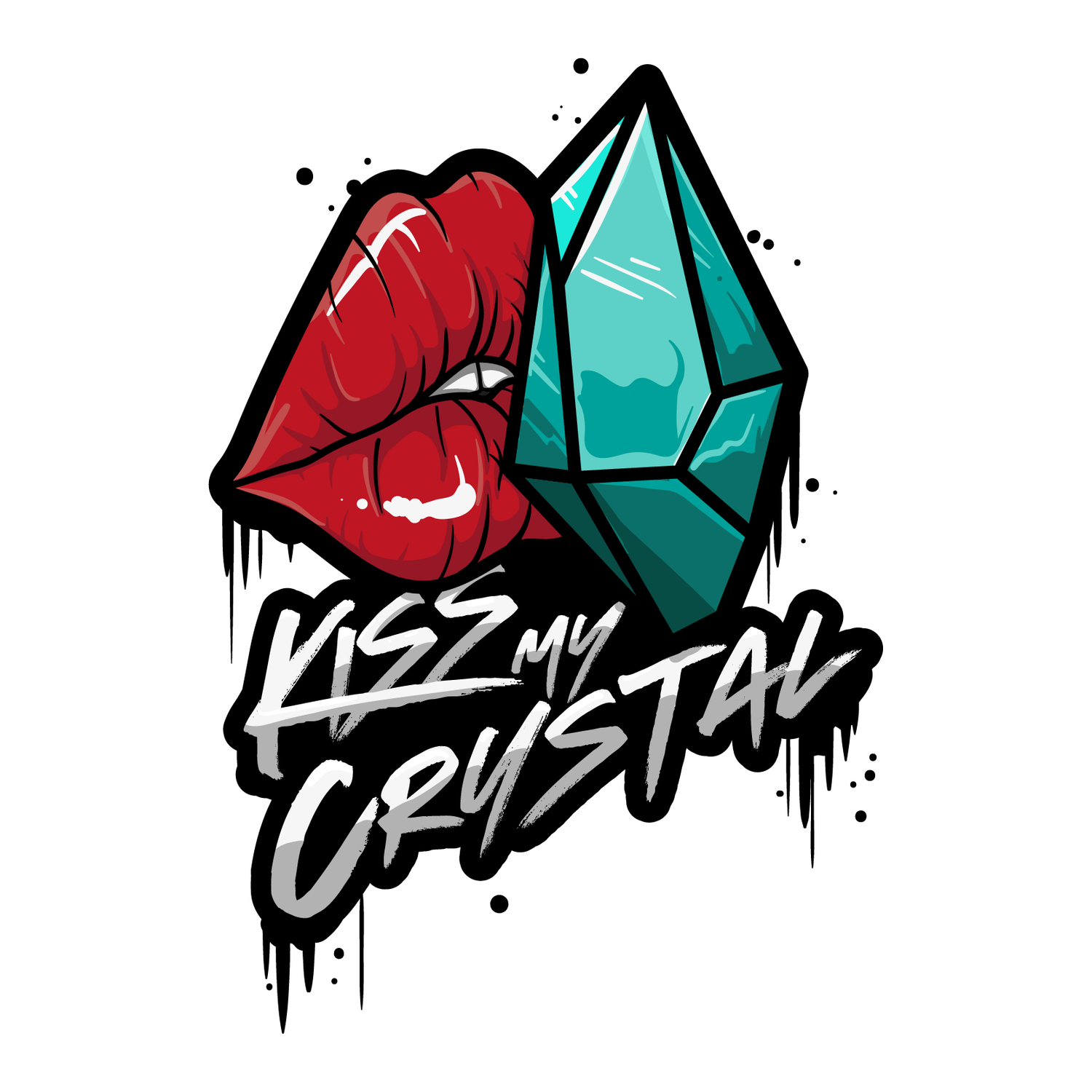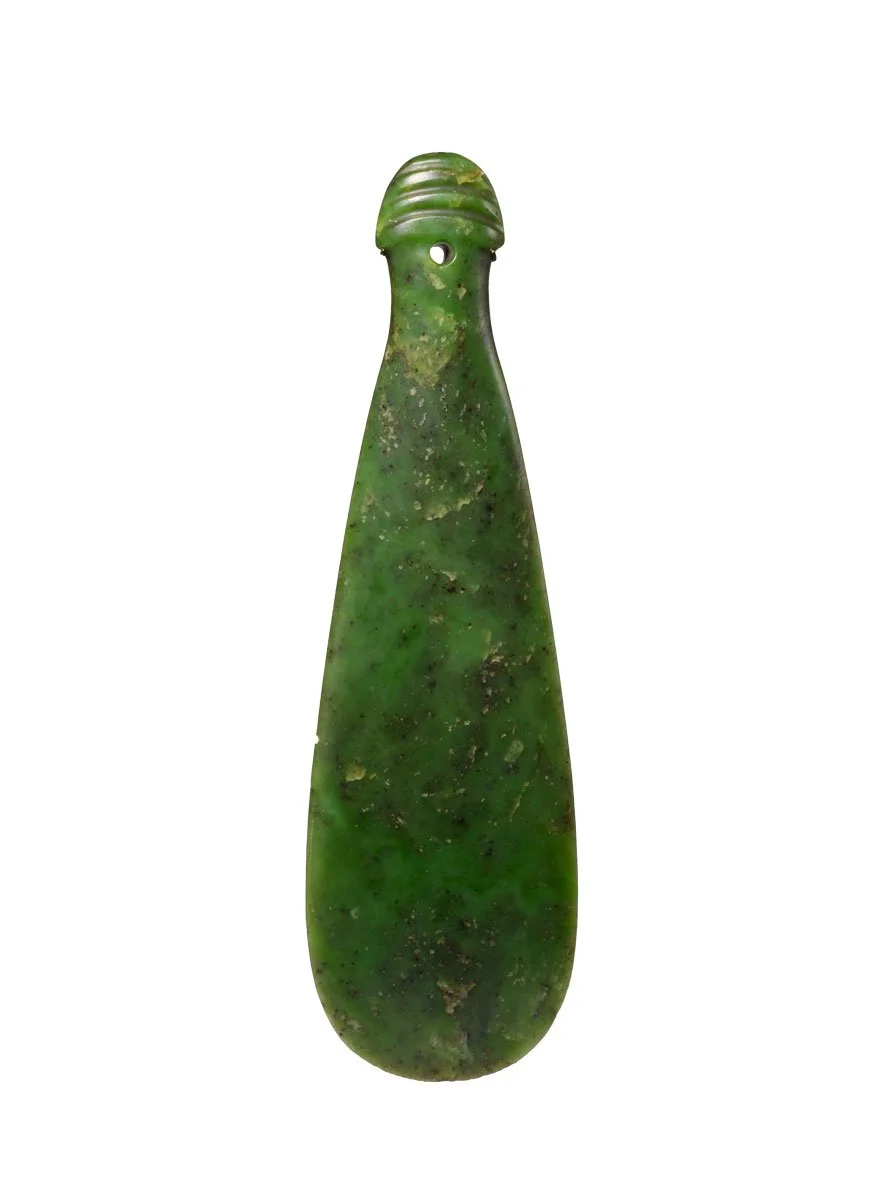JADE.
The Ambitious Dreamer
Jade is a stone for the dreamer. It acts as a lucky charm, bringing good fortune and luck to the bearer. You know sometimes when the answer to a problem comes to you in a dream, Jade is the crystal to kick-start your night-time problem-solving. Jade helps to sweep away the clutter in your mind so that you can think ambitiously about your future. In Chinese culture, it is believed that Jade grants purity, good health, and good luck, and protects the wearer from harm. In terms of personal development, Jade aids in emotional release, so if you need to “wash that man right out of your hair,” maybe shower with some Jade.
Jade isn’t just one stone. Jade is an umbrella term for two different stones, Jadeite and Nephrite:
Jadeite is the most rare and valuable type of Jade and is mainly used for very expensive jewellery and ornamental carvings. It has been prized since the Stone Age, by ancient Chinese, Olmec, and Maya cultures. Jadeite comes in many colours such as "Olmec blue," pale green (apple coloured), deep green, pink, violet, white, black (Chloromelanite), orange, red and many other colours depending on trace elements. Gem-quality Jadeite primarily comes from Myanmar, but other deposits of Jadeite, are found in Califonia, Japan, Russia, Guatemala, and France.
Nephrite is the more common type of Jade. This is usually the crystal you will see sold in shops as tumbles, lower-cost Jade jewellery, or carvings. Nephrite Jade can be opaque white, pale yellow, grey, brown and the most known colour - green. There are deposits of Nephrite in Australia, New Zealand, the coasts of the US, Europe, and Asia, however, the large deposits in Canada are where much of the Nephrite on the market comes from. The Māori revere the Nephrite Jade or “Greenstone” objects and pendants they carve most of which are passed down through generations as family heirlooms. During the Neolithic period, the Chinese used Nephrite Jade for ceremonial objects and it was considered to be more valuable than Gold.
Jade Mask from 900-400 BCE, Olmec Culture, Mexico
© The Met Museum
Jade Amulet from 200-800, Maya Culture found at Tika, Guatemala
© The Trustees of the British Museum
Jade (Greenstone) Māori Pendant from the 19th Century, Aotearoa, New Zealand
© The Met Museum
Jade Axe Head from the Neolithic Period found in Southern China
© The Trustees of the British Museum
Jade (Greenstone) Māori Hand Club (Mere Pounamu) from the 19th Century, New Zealand
© The Met Museum
How to spot fake Jade
Often Serpentine, Quartz, and Chalcedony are sold as Jade. Serpentine is used the most to “fake” Jade - if you have a commercial Jade facial roller or Gua sha it is most likely Serpentine. Quartz and Chalcedony (Agate) are often dyed and sold as Jade, especially for jewellery and beads. So how can you tell if what you are buying is real Jade or not?
Scratch Test: Both Jadeite and Nephrite are hard stones. Choose a spot on the stone, where you won’t be too upset if it scratches. Using a steel knife or scissors carefully attempt to scratch the stone. With a dry cloth wipe away where you have been scratching. If it leaves a scratch mark then it is not Jade, most likely Serpentine. This is the test I would always use when testing tumbles etc for the shop.
Temperature: Jade, in particular Jadeite is icy cold to the touch. You can feel in your hand that it is a very different temperature to fake Jade but if you press it to your lips the temperature difference is very clear. If you have never held Serpentine or Jade then it can be hard to understand this temperature difference without the two side by side to compare. This method requires a practised hand.
Sound: If you tap two pieces of Jade together there should be a deep resonating sound. Check videos on YouTube to see what it’s meant to sound like.
Density: Real Jade is very heavy, drop the piece into your hand and it should feel relatively heavy, a bit like when you handle Hematite - cold and heavy.
Visual: This is often the least reliable. Check for air bubbles, this would indicate that it is glass. Does the green look dyed? (hard to tell on some chalcedony).
Price: Jadeite is expensive, if a piece seems too cheap then chances are it’s fake. This of course is not always the case, fakes are also sold as expensive Jadeite all the time.
Certification: Good jewellers will provide a certification for your Jadeite Jade jewellery. But again this paperwork can also be faked to deceive - especially those trying to scam tourists. Choose a reputable jeweller with good TrustPilot and Google Reviews.
Buyer’s Guide to Jade
Private Buyers
Jade is difficult.
It really depends on what you are buying it for. If you are shopping for a piece for its metaphysical properties and a pocket stone size tumble or beaded bracelet will do then Nephrite Jade from Canada is your best bet. Buying in-store is ideal where you can handle the stone, and check for temperature and density (weight) - see above. If you have bought online do the scratch test at home to verify it won’t scratch with steel. Try to pay with a credit card or better still PayPal so that you have some protection if you can prove that it is fake. Keep in mind that some sellers may not even realise what they are selling is fake.
In terms of real Jadeite, you should go to an authorised dealer who will provide certification. Then still do the tests at home! If you are dropping some serious money then there are specialists that offer testing services.
Retail Buyers
I won’t cover jewellery in this - you would need to find a very reputable dealer, with certification if you wanted to delve into Jadeite Jade jewellery. No matter where it comes from always test it yourself to double-check.
If you would like to sell Jade in a retail or online store then you are probably aiming for Nephrite Jade. You should look for a nice dark evergreen colour, silky texture, and cold feel to the touch. Always ask your supplier where it is from, most deposits that are mined for tumbles or low-cost beads are from Canada. Do the scratch test to make sure what you are buying is real.
I found that tumbles of Nephrite Jade were enough to stock, I would only go down the carving route if you have a customer base for it or are doing Instagram/TikTok live sales with a big audience.
Quick Guide | Jade
Zodiac: Jade is associated with the zodiac signs Libra, Sagittarius, Aquarius, and Pisces.
Ruling Planet: The ruling planets for Jade are Mercury and Venus.
Chakra: Jade is associated with the Heart (Anahata) Chakra.
Element: Jade is aligned with the element Earth.
Crystal Charging: Jade can be charged overnight under the light of a Full Moon or in a freshwater stream. You can use Sandalwood incense to bless and set intentions on this crystal.
Crystal Elixir: Jade is water-safe so it can be used to make crystal elixir.
Crystal Care: Jade can be cleaned with lukewarm soapy water or a soft cloth. Never put it in an acid bath to remove any Iron colouration.
The chemical formula for “Jade”:
Nephrite: Ca₂(Mg,Fe)₅Si₈O₂₂(OH)₂
Jadeite: NaAlSi₂O6 or Na(Al,Fe³ᐩ)Si₂O₆






